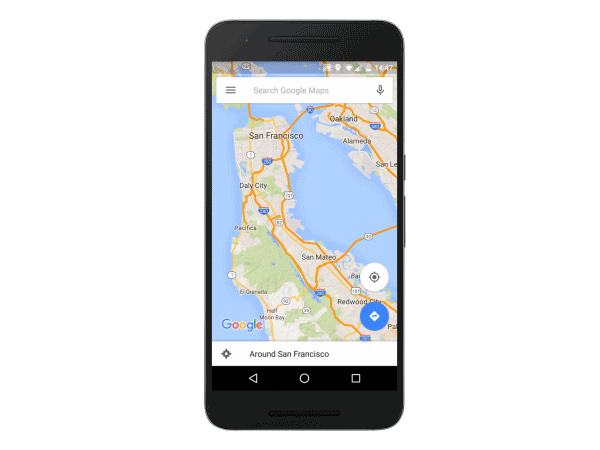
Uber partners with TomTom
By the end of last week Uber and TomTom announced a partnership. The ride-hailing company has sign a multiyear agreement to use TomTom’s maps and traffic data.
Terms of the deal were not disclosed but we know that Uber will not entirely ditch Google Maps. “We use a variety of sources in addition to Google Maps, and will continue so” Uber spokesperson told TechCrunch. Uber is divided into two apps: a customer app and the driver’s app. The first one serves users to order a ride and second one is used by Uber drivers to accept a ride, calculate estimated pickup time and travel time to a final destination.
For now Uber will most likely continue to use Google Maps in the customer app. TomTom’s data will be used only in the driver’s app. It will help better estimate arrival time as passengers wait to be picked up by a driver. It will also help drivers to more efficiently navigate between A to B. Today drivers often have to switch from Uber to Google Maps or other navigation app to find optimal route, as Google Maps API doesn’t support real-time traffic for external apps. The new service will be much more convenient for drivers.
TomTom’s data might be also used for Uber’s self-driving taxi efforts which is an area where Uber is directly competing with Google. In June Uber was openly bidding to acquire Nokia’s mapping brand HERE for $3billion, before it was sold to the consortium of German car makers. Eventually Uber decided to buy Bing mapping cars department from Microsoft with several dozen of cars and 100 engineers. Recently the company started to collect it’s own StreetView-like data, as precise mapping data is one of the key elements of a self-driving car technological ecosystem. For now the facts are that TomTom has over 4000 employees world-wide working on keeping its maps up-to-date and it will be difficult for Uber to overpass it anytime soon.
After acquisition of HERE, TomTom is the only global fully independent mapping data provider and with it’s new real-time mapping platform and accurate 3D maps for autonomous cars TomTom seems to be winning more and more market with Apple as one of its key customers.
We can guess that it will take several months until the new data will be implemented into the Uber driver’s app. We’ll let you know once it’s out there.
source: TomTom








